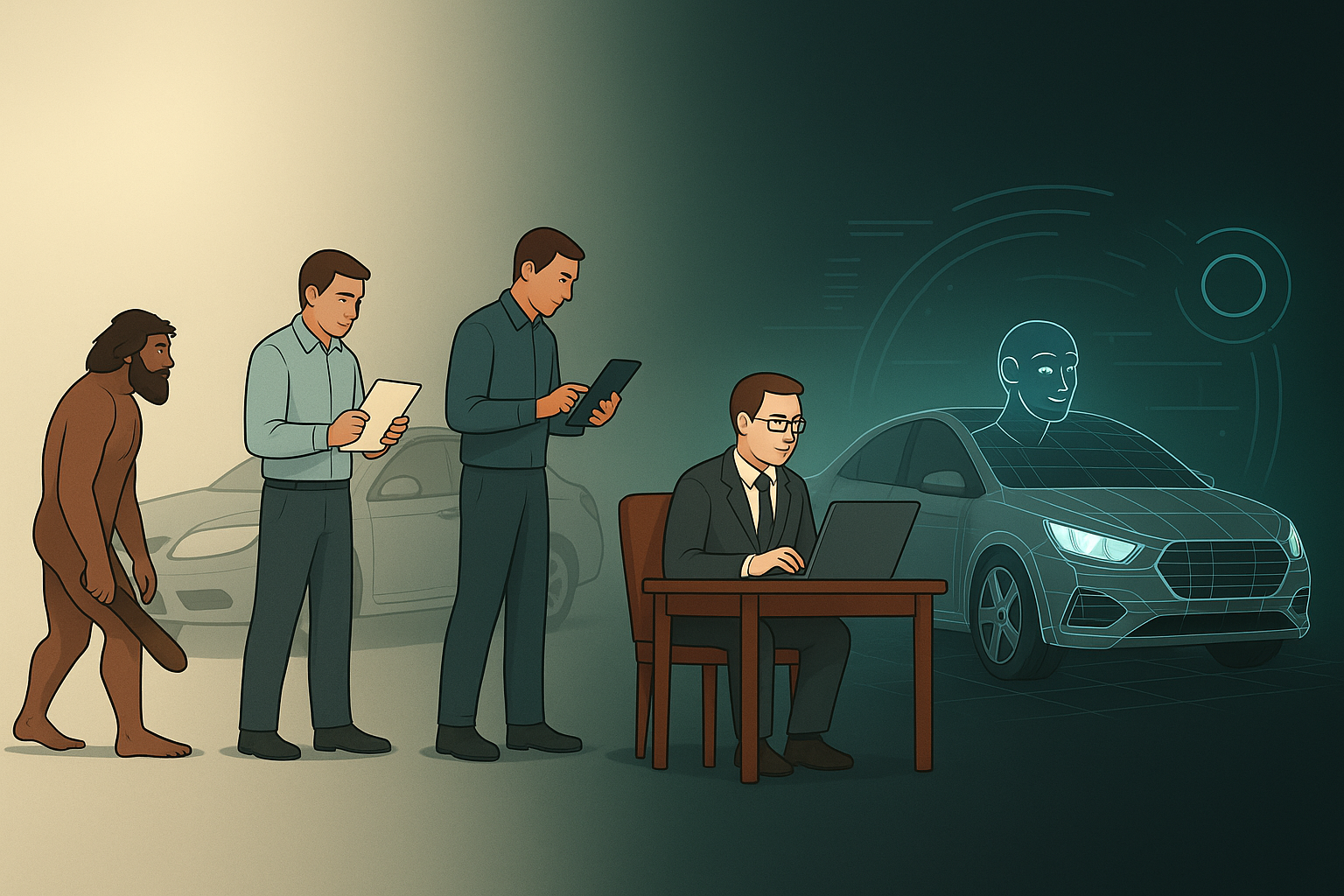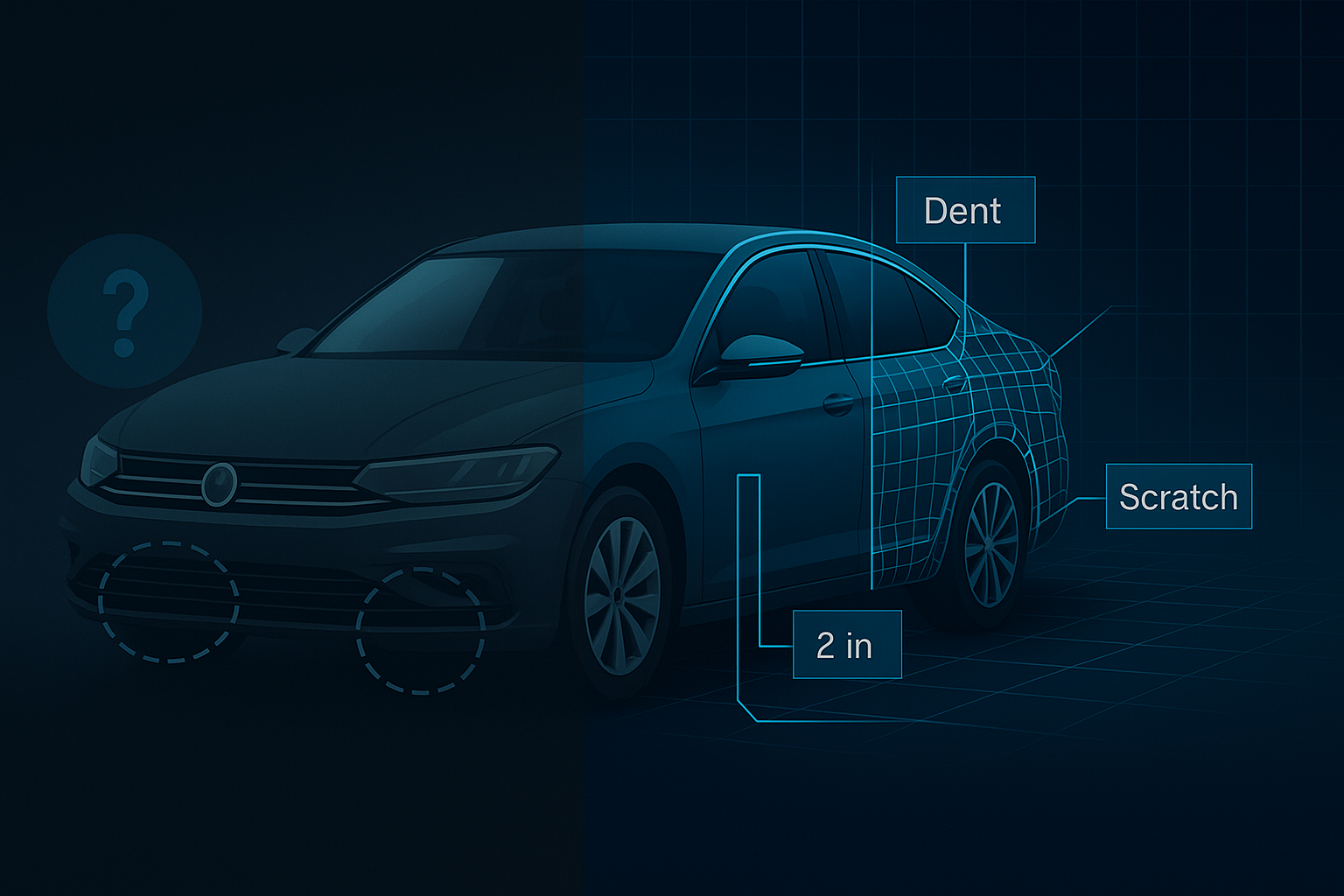Transforming Vehicle Capturing withPicture Quality Control and API Standardization
In the automotive industry,precision and efficiency are key. Vehicle inspection, traditionally reliant onmanual checks, has evolved with the integration of advanced technologies. Sincethe end user is now taking pictures, the quality of those photos is highlycrucial. An API Quality Control combined with API Standardization is at theforefront of this evolution, transforming the way vehicle capturing isconducted. This article delves into how these technologies are enhancing damagedetection, streamlining processes, and improving overall inspection accuracy.
The Role of Image Analysis inVehicle Inspections
Picture Quality Control ensuresthat images captured during vehicle inspections are of the highest possiblequality and that an information is shared directly to the end user if not.High-quality images are crucial for accurately identifying damages, assessingvehicle conditions, and making informed decisions. Picture Quality Control systemsautomatically evaluate and adjust images to meet predefined standards, reducingthe chances of human error and inconsistencies.
For instance, during a carinspection, Picture Quality Control can detect suboptimal lighting, blurriness,or incorrect angles, prompting immediate corrective actions. This leads to morereliable inspection results, as every detail, no matter how minor, is capturedwith precision.
API Standardization: Unifying theInspection Process
To prevent fraud, standardizationis needed and criteria to make sure it is the same vehicle throughout the allprocess. API Standardization plays a vital role in unifying vehicle inspectionprocesses across platforms to understand the color of the car and compare inall pictures, to understand the angle of the picture, if it is document of realpicture. It ensures that different software systems involved in vehicleinspection can communicate seamlessly, sharing data efficiently and accurately.
With standardized APIs, the datafrom systems can be integrated into various inspection tools and platforms,enabling a more cohesive and streamlined workflow. This standardization reducesthe complexity of integrating new technologies into existing systems andenhances collaboration between different stakeholders in the automotiveindustry.
Benefits of Integrating PQC and APIStandardization
· Enhanced DamageDetection: High-quality images improve the accuracy of damagedetection, leading to better decision-making.
· Improved Efficiency: Automation in image quality control reduces the need for manual checks,speeding up the inspection process.
· Prevent Fraud: Standardized APIs ensure that the car is the same during the process,reducing discrepancies and fraud.
· Cost Savings: By minimizing errors and streamlining processes, automotive businessescan save on costs associated with re-inspection and repairs.
Conclusion
The integration of Image Analysiscalled Picture Quality Control and Standardization marks a significantadvancement in vehicle inspection processes. These technologies not onlyimprove the accuracy and efficiency of inspections but also ensure consistencyacross different platforms, benefiting the entire automotive industry.
As the industry continues toevolve, the adoption of such innovations will become increasingly essential forbusinesses aiming to maintain a competitive edge in vehicle inspectionservices.





